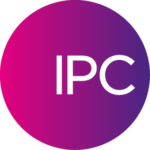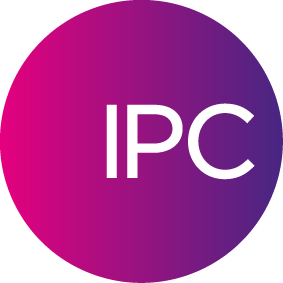NEW YORK, NY and WHEATON, IL – November 15, 2022 – IPC Systems, Inc., a leading provider of secure, compliant communications and multi-cloud connectivity solutions for global financial markets and BondWave LLC, an affiliate of First Trust Portfolios L.P. and a leading financial technology firm focused on fixed income solutions, today announced the integration of the flagship Unigy and IQ/Max® Touch solutions with BondWave Calculator, an innovative pre-trade price discovery tool. The partnership offers bond traders an integrated solution that automates the trading workflow by surveilling today’s market activity instantaneously.
The new collaboration leverages BondWave’s sophisticated trade benchmarking engine, alongside IPC’s extensive user community, with direct access through IPC’s IQ/MAX® Touch financial terminal – all delivered at a low total cost of ownership. The BondWave Calculator, as offered on the IQ/MAX Touch financial terminal, provides market participants with the ability to determine, on a pre-trade basis, the fair market value of a bond, while also surfacing additional benchmarks across the regulatory-prescribed ‘waterfall’. The collaboration means that users can do more in less time with the confidence that they have done their diligence for pre-trade price discovery.
“IPC is eager to welcome BondWave and their market leading technology onboard. Our combined expertise allows us to offer the global financial community direct access to IPC’s APP framework capabilities, alongside BondWave, through our IQ/MAX Touch financial terminal. Our strategic partnership is a game-changing proposition that transforms how traders consume applications and optimize workflows,” stated Bob Santella, CEO at IPC Systems.
The IQ/MAX Touch is a software-driven, flexible, extensible and secure communications device for delivering compliance, security and next generation user functionality to the capital markets. An intuitive and powerful tool for bringing advantages throughout your enterprise – a truly global, multi-lingual interface for multinational teams. The broad range of market participants relying on IPC’s solutions has become an integral part of one of the world’s largest and most diverse financial ecosystems, which provides reliable, secure access interconnecting global financial centers, allowing connectivity between more than 7,000 market participant locations across 750 cities in more than 60 countries.
”For decades, IPC has been a leader in providing sophisticated technology and services that meet the unique and ever-evolving needs of the global financial markets,” stated Michael Ruvo, CEO of BondWave. “Our proprietary trade benchmarking engine provides IPC’s vast user base with enhanced pre-trade price discovery tools that ultimately help them trade smarter and more efficiently.”
The BondWave Calculator is powered by BondWave’s Effi® platform, leveraging an API layer that enables seamless integration with partner and proprietary client applications. This new initiative allows users of IPC’s Unigy and IQ/Max Touch solutions to simply enter a security identifier, quantity, price, and buy/sell indicator to instantaneously calculate relevant benchmarks against which to compare their trade.














